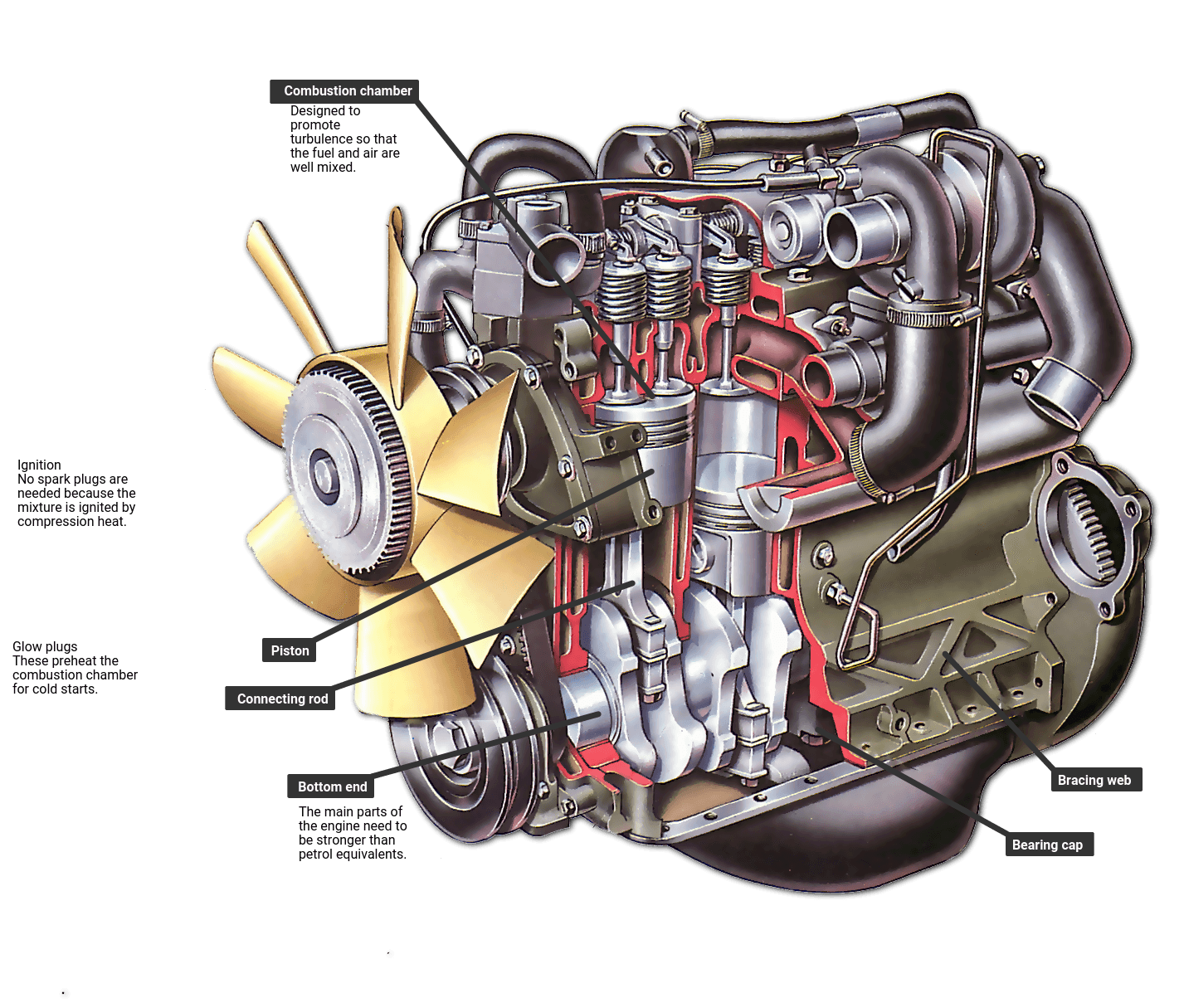The Quest for Ultimate Driving Power: Examining the Pinnacle of Engine Efficiency and Technological Developments in the Automotive Sector
In the world of automotive engineering, the pursuit of maximum driving power has been a ruthless mission that has unfolded via the advancement of engine layout and the assimilation of cutting-edge technologies. From the precise craftsmanship of combustion engines to the rapid developments in electric propulsion systems, the automotive industry stands at the cusp of a new era characterized by unprecedented performance capacities.
Advancement of Engine Layout

Moreover, the assimilation of turbocharging and supercharging technologies has actually revolutionized engine style by enhancing power without substantially raising engine size. These forced induction systems compress the consumption air, permitting for more fuel to be combusted, consequently generating higher power outcome from a smaller sized engine. This advancement has been especially critical in enhancing the performance of smaller variation engines while preserving gas performance standards.

Performance-Enhancing Fuel Technologies
The execution of sophisticated gas technologies has significantly contributed to boosting engine performance in contemporary vehicles. Biofuels, obtained from eco-friendly resources like sugarcane, algae, or corn, offer decreased exhausts and enhanced engine efficiency. Furthermore, gas ingredients and detergents are being formulated to clean engine components, enhance burning, and lower friction, thus improving total car efficiency.
Innovations in Electric Propulsion
Substantial strides in electric propulsion technology have actually reinvented the auto market, leading the method for a brand-new period of effective and lasting transportation. Electric automobiles (EVs) are obtaining appeal due to their environmental benefits and advancements in battery technology, enabling longer driving ranges and shorter charging times. Producers are investing heavily in research and development to enhance the performance of electric propulsion systems, focusing on raising power result, boosting power effectiveness, and minimizing general weight.
One remarkable innovation in electrical propulsion is the development of innovative electrical motors that deliver greater torque and power thickness, causing enhanced acceleration and overall driving efficiency. Furthermore, regenerative braking systems have actually been refined to store and record power during slowdown, further boosting the performance of EVs.
In addition, the combination of smart innovations, such as synthetic knowledge and anticipating analytics, is enhancing the administration of electric propulsion systems, making sure optimal efficiency under numerous driving problems. These advancements in electrical propulsion are reshaping the vehicle landscape, driving the industry towards a more lasting and electrified future.
Influence of Computational Fluid Dynamics
With innovations in electric propulsion pressing the limits of automotive innovation, the assimilation of Computational Fluid Characteristics is playing a critical function in optimizing aerodynamic efficiency and boosting overall effectiveness in lorry style. Computational Liquid Dynamics (CFD) includes using computer simulations to examine the circulation of air around a vehicle, enabling engineers to forecast how style modifications will certainly impact aerodynamics without the requirement for pricey physical models. Learn More By accurately modeling airflow patterns, CFD enables the improvement of vehicle shapes to minimize drag, enhance air conditioning, and boost stability.
CFD makes it possible for designers to maximize air flow around components such as radiators, engine bays, and wheel wells, adding to enhanced performance and total driving experience. In final thought, the combination of Computational Liquid Dynamics represents a substantial step forward in the pursuit for utmost driving power and effectiveness in the automotive sector.
Future Trends in Engine Innovation
In the vibrant landscape of auto engineering, cutting-edge innovations are shaping the future trajectory of engine innovation. The future of engine layout is marked by a solid emphasis on effectiveness, sustainability, and performance. Makers are progressively concentrating on establishing engines that not just deliver high power outcomes but likewise prioritize ecological duty by minimizing exhausts and improving fuel efficiency.
One famous fad in engine development is the surge of electrification. Crossbreed and electric powertrains are getting grip as practical options to typical combustion engines. These innovations supply the capacity for substantial decreases in carbon emissions and enhanced power performance, straightening with worldwide initiatives to battle environment change.
Furthermore, improvements in products scientific research and manufacturing methods are allowing the manufacturing of lighter and a lot more sturdy engine parts. This shift towards lightweight materials such as carbon fiber and light weight aluminum alloys adds to boosted efficiency and gas economy.
Conclusion
In verdict, the search of ultimate driving power in the vehicle industry remains to drive developments in her comment is here engine layout, gas technologies, electrical propulsion, and computational liquid characteristics. The evolution of these innovations is shaping the future of engine advancement, leading the way for a lot more powerful and reliable lorries (engines for africa). As the sector remains to push the borders of what is feasible, we can expect to see much more innovative developments in the mission for peak performance
One of internet the key landmarks in engine style evolution is the shift from traditional carbureted engines to modern fuel-injected systems. By specifically metering the fuel delivery to each cyndrical tube, fuel-injected engines enhance combustion, resulting in far better performance and decreased ecological effect.
Moreover, the integration of turbocharging and turbo charging innovations has transformed engine layout by improving power without considerably increasing engine dimension (engines for africa).The implementation of innovative gas innovations has actually substantially contributed to improving engine performance in modern-day lorries. Furthermore, gas additives and detergents are being formulated to tidy engine parts, enhance burning, and decrease rubbing, thereby improving overall lorry efficiency